Posts Tagged ‘mintage figures’
The UK’s Top 10 Rarest Coins in Circulation
Which coins should you be looking out for in your change?
We’ve taken a look at the mintage figures for UK coins to find out which ones are the rarest in circulation...
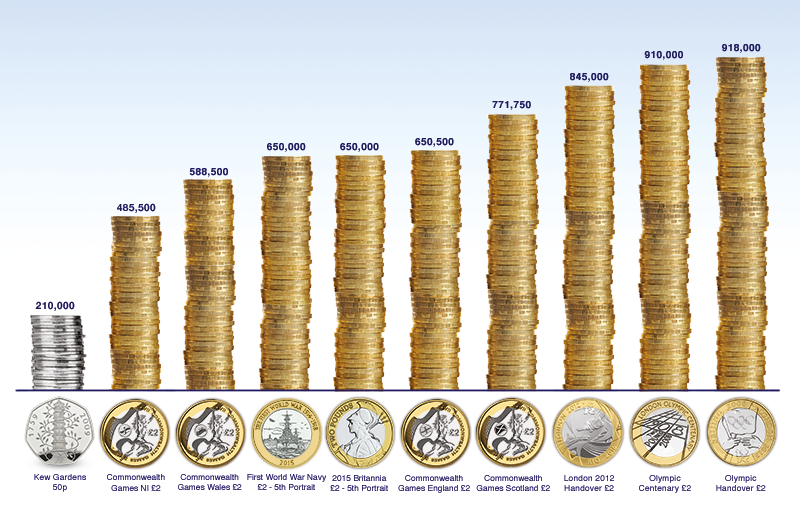
What you might be surprised by is that on our top 10 list, just 1 out of the 10 coins is a 50p!
The rarest UK coin currently in circulation is the Kew Gardens 50p, but the 9 rarest coins after that are actually £2s.
Whilst 50p coins are very popular amongst collectors at the moment, it’s certainly worth noting that it is in fact the £2 coins which you should be keeping your eyes peeled for, as some of the ones you can find in your change are very rare.
Other rare coins to look out for
Of course, this doesn’t take into account the rare error coins that have been found in circulation, such as:
- 2015 inverted effigy Britannia £2
- Olympic Aquatics 50p error
- Bronze 20p error
- Silver 2p error
- Undated 20p mule
Whilst exact mintage figures for these error coins may be unknown, we can assume that they could each be rare enough to find themselves near the top of the list.
A-Z of Great Britain 10p coins

It’s also worth noting that whilst mintage figures for the individual designs haven’t been released, if we assume that each A-Z of Great Britain 10p has been struck in equal quantities, then there would be approximately 281,000 of each design.
This would put each A-Z 10p design in equal second place on the list of the top 10 rarest coins in circulation!
What about the coins no longer in circulation?
Currently the Kew Gardens 50p is the rarest coin in circulation, but did you know that it isn’t actually the UK’s rarest 50p?
This title goes to the 1992/93 UK EC Presidency 50p, with a mintage of just 109,000 – almost half of the Kew Gardens!
In 1997, 50p coins were redesigned in the smaller specification and this coin was demonetised, meaning it is no longer in circulation.
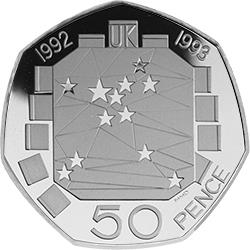
The same can be said of the 1989 Claim of Right £2, which was demonetized in 1997 when the bi-metallic £2 coin was introduced.
This coin has a mintage of 381,400 which makes it the rarest UK £2 and would put it in second place on the list if it were still in circulation.
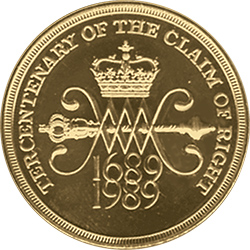
Are you lucky enough to have any of the top 10 rarest coins in your collection? Or perhaps you’ve even been lucky enough to get your hands on the pre-1997 coins listed above. Let us know in the comments below!
If you’re interested in coin collecting, our Change Checker web app is completely free to use and allows users to:
– Find and identify the coins in their pocket
– Collect and track the coins they have
– Swap their spare coins with other Change Checkers

Sign up today at: www.changechecker.org/app
Why you won’t find 2018 dated 1p and 2p coins in your change…
It’s been revealed that no 1p and 2p coins were struck for circulation by The Royal Mint last year.
This marks the first time in decades that no penny coins were struck in a year. In fact, the last time we saw a year with no new 1p coins was way back in 1972! And it’s been 35 years since the last time no new 2p coins were struck for circulation.
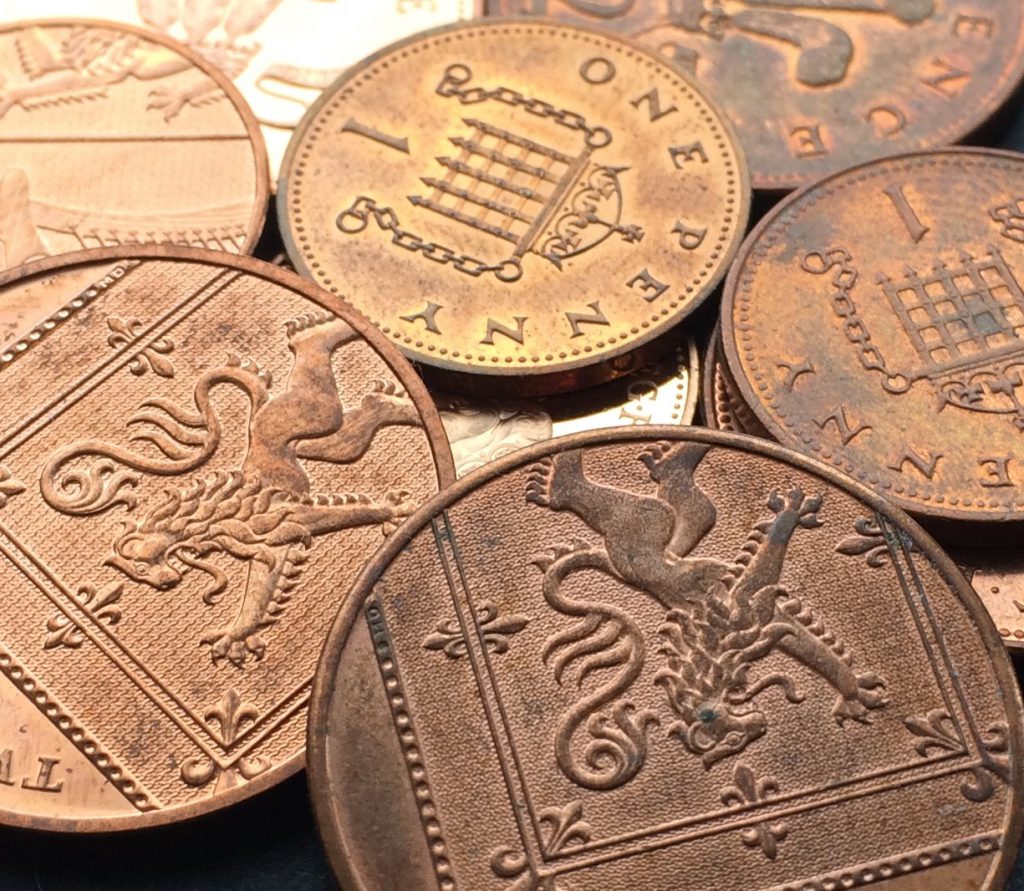
The future of the penny
Back in May 2019, the UK Treasury confirmed that 1p and 2p coins will continue to be used “for years to come”. Find out the full story here.
This news emerged following concerns that the 1p and 2p coins would be scrapped after their validity was questioned in the 2018 Spring Statement.
Members of the public were outraged by the idea of the humble penny being scrapped. However it isn’t just sentimental value which has safeguarded the future of the penny.
It’s estimated that around 2.2 people are thought to be reliant on cash to live their daily lives. This includes the elderly, vulnerable people and rural communities who would likely be hit hard if cash availability were to decline.
Card payments are on the rise
Nevertheless, it is clear that card and electronic payments are on the rise and whilst around 500 million 1p and 2p coins are usually issued each year, the fact that none were produced last year goes to show how low the demand for these coins currently is.
We already know that no 20p or £2 coins were struck for circulation in 2017 and it’s also been revealed that no £2 coins were struck for circulation in 2018 either.
A spokesperson from the Treasury said, “We didn’t ask the mint to issue any £2 or 1p/2p coins this past year because there are already enough of these in circulation. Our coins are of the highest quality and the amount we ask the Royal Mint to produce every year depends on demand from banks and Post Offices.”
Commemorative £2 coins
Despite no £2 coins entering circulation since 2016, collector editions of the new commemorative designs have still been produced by The Royal Mint to mark Britain’s most important anniversaries.
Whilst some people are happy to pay a little more to secure the latest coins in superior quality, others are understandably frustrated by the lack of coins entering circulation recently.
To give collectors the chance to own 2019 UK £2 and 50p coins for just face value, this year we launched the Change Checker Face Value Coin Ballot, which you can find out about here.
Spending a penny
It’s thought that around 10.5 billion 1p coins are currently in circulation, but the Treasury estimates that roughly 60% of copper coins are typically only used once before being stashed away or lost.
Despite the lack of 1p and 2p coins being struck for circulation last year, we know that the future of our UK coins is still secure (for now at least), but how often do you find yourself actually spending your 1p and 2p coins?
Let us know in our Facebook poll:
If you’re interested in coin collecting, our Change Checker web app is completely free to use and allows users to:
– Find and identify the coins in their pocket
– Collect and track the coins they have
– Swap their spare coins with other Change Checkers

Sign up today at: www.changechecker.org/app
Why you won’t find any 2017 20p coins in your change…
For those of you collecting date runs, you might have noticed that in 2017 The Royal Mint didn’t strike a single £2 or 20p coin for general circulation.
In 2016, nearly 29 million £2 coins and almost 213 million 20p coins were struck for circulation, however the next year that number dropped to 0.
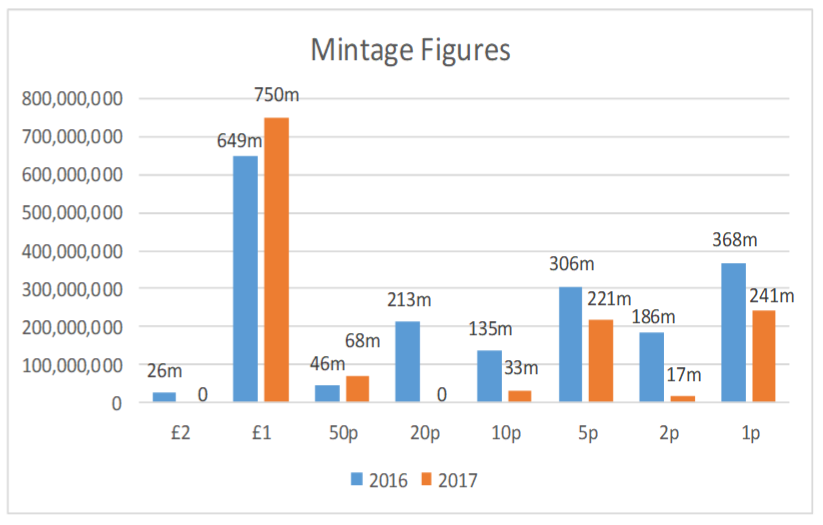
From the graph above, you’ll notice that whilst most denominations had relatively few coins struck in 2017 compared to 2016, the mintage figure for £1 coins for both years is comparatively very high.
Introduction of the new £1
It’s thought that the introduction of the new 12 sided £1 coin to replace the old round pound in 2017 affected the demand for the other coins in circulation.
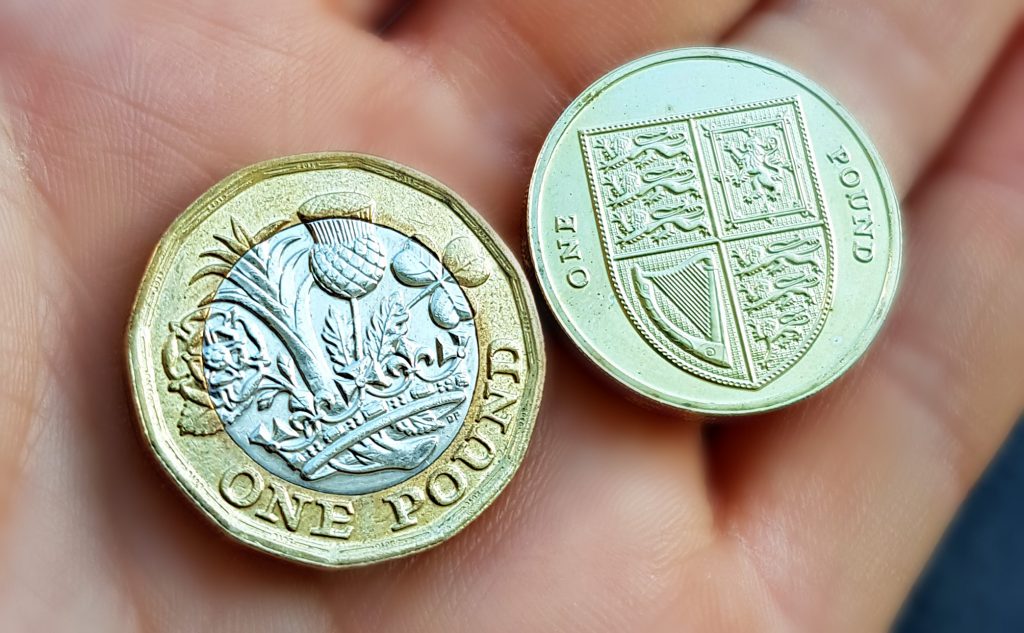
This could be down to the fact that the public were emptying their piggy banks and checking their loose change to make sure their old pound coins were used up before shops stopped accepting them. In doing so, they also ended up spending other coins in their change, meaning there was plenty of cash to re-circulate, and not as much demand for new coins to be struck for circulation.
This coupled with the growth of card payments and the decline of cash transactions, as well as the impressive 25-30 year lifespan of UK coins meant that enough £2 and 20p coins could be re-circulated in 2017 and new coins weren’t needed.
The Royal Mint had been expecting this drop in demand, as had been seen in similar cases overseas when coins were withdrawn.
Where does demand for cash come from?
The Royal Mint does not actually have any real control over how and when coins go into circulation, as this is based on demand.
HM Treasury and the large cash distribution services run by the Post Office and some banks, as well as private operators handle, sort and distribute the billions of coins in circulation, even swapping stocks between themselves.
The Royal Mint and cash distribution services regularly review the amount of coins in circulation and it’s only when they are short of a particular denomination that stocks will be called from The Royal Mint, who act as the manufacturer of the coin on behalf of the Treasury.
Surplus coins will be re-circulated before new coins are released.
Rare 50p coins from 2017
Whilst more 50p coins were struck in 2017 than 2016, two 2017 designs in particular actually have some of the lowest mintage figures of any 50p coins in circulation, excluding the Olympic 50p series.
The 2017 Royal Shield actually comes in as the second rarest 50p in circulation, closely followed by the 2017 Sir Isaac Newton 50p.
Take a look at our 50p and £2 mintage charts here.

Where can I find the 2017 £2 and 20p coins?
Whilst no £2 or 20p coins were issued for circulation in 2017, brilliant uncirculated commemorative coins were still issued, including the Jane Austen and First World War Aviation £2 coins.
These coins, along with the 2017 Britannia £2 and the 2017 20p which weren’t issued for circulation were also featured in brilliant uncirculated quality within the 2017 Annual Coin Set, which has now sold out at The Royal Mint.
This means that the only way to get hold of these coins is to purchase the set on the secondary market, with prices typically around £65, although some sets have sold for over £100.
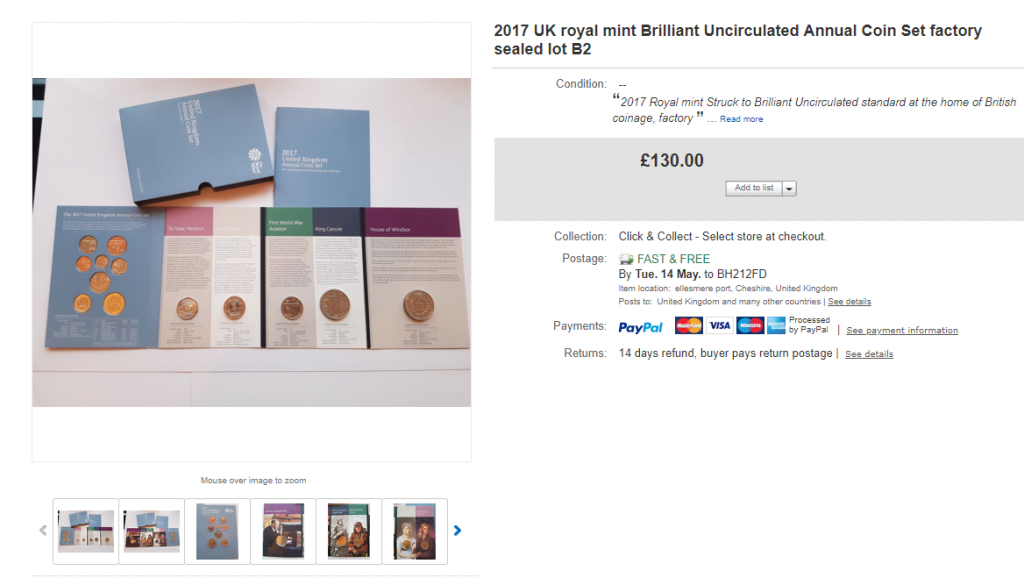
So far the 2018 £2 coins haven’t been released into circulation and whilst the 2019 Royal Shield 50p has been seen in circulation, we’re yet to hear if any of the other 2019 coins will turn up in our change.
Do you think the move towards a cashless society could be on the horizon, or are we still recovering from the surplus cash flow in 2017? Let us know in the comments below!
Secure the commemorative coins from 2017 for your collection!
Today you can own all 4 of the United Kingdom’s commemorative coins from 2017 with the Change Checker Commemorative Coin Pack, including the rare Sir Isaac Newton 50p and the Jane Austen and First World War Aviation £2 coins that can’t be found in circulation.




